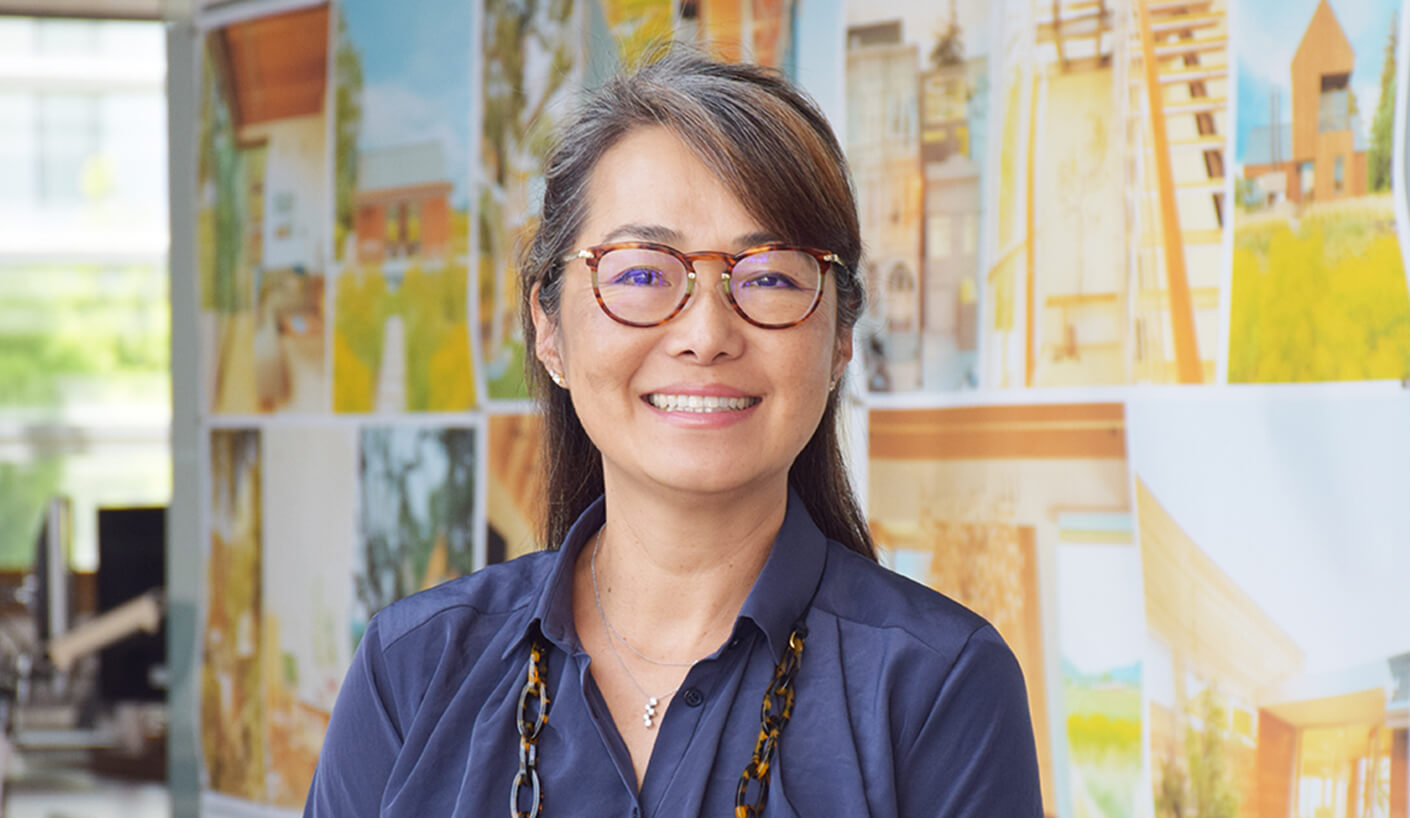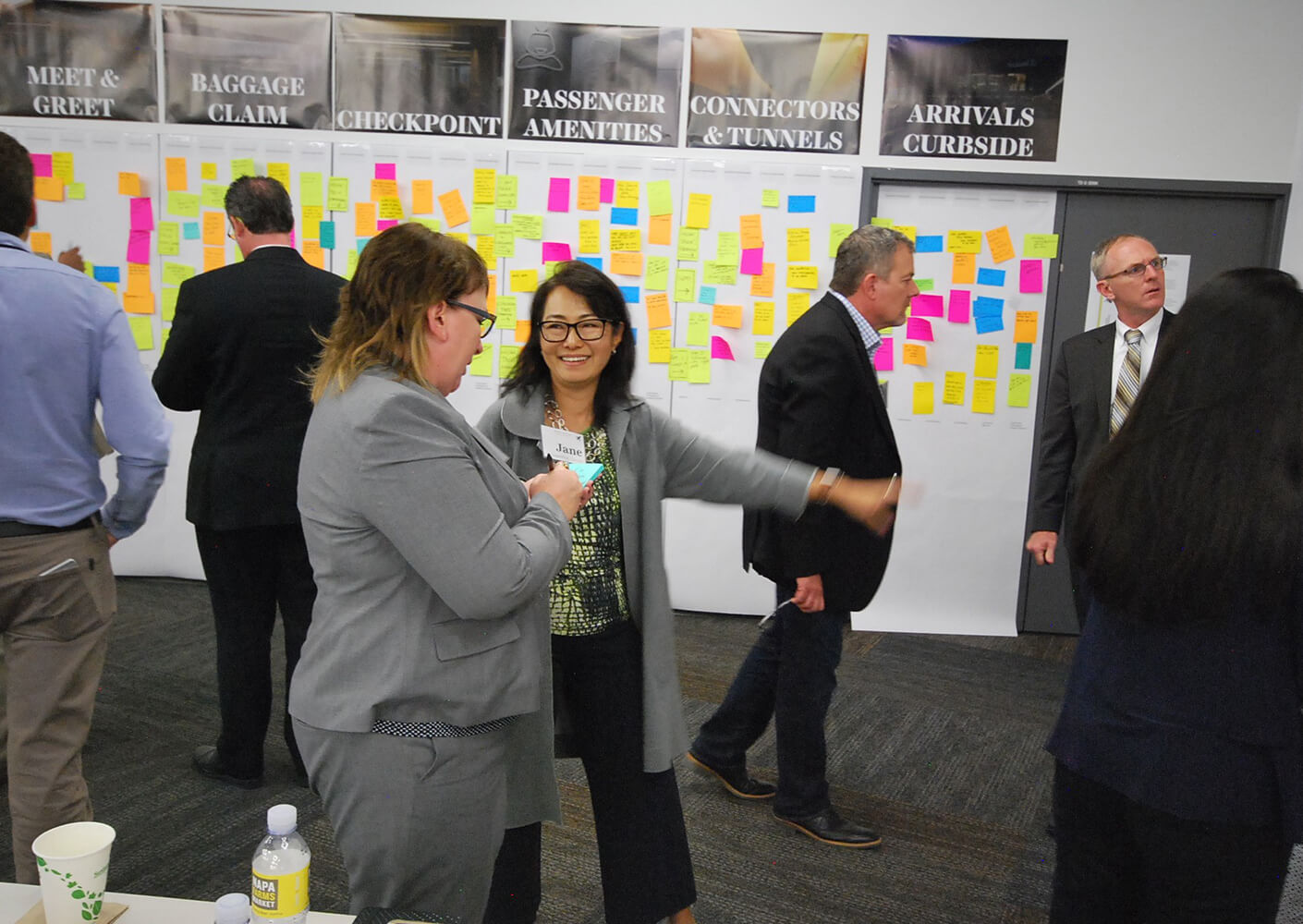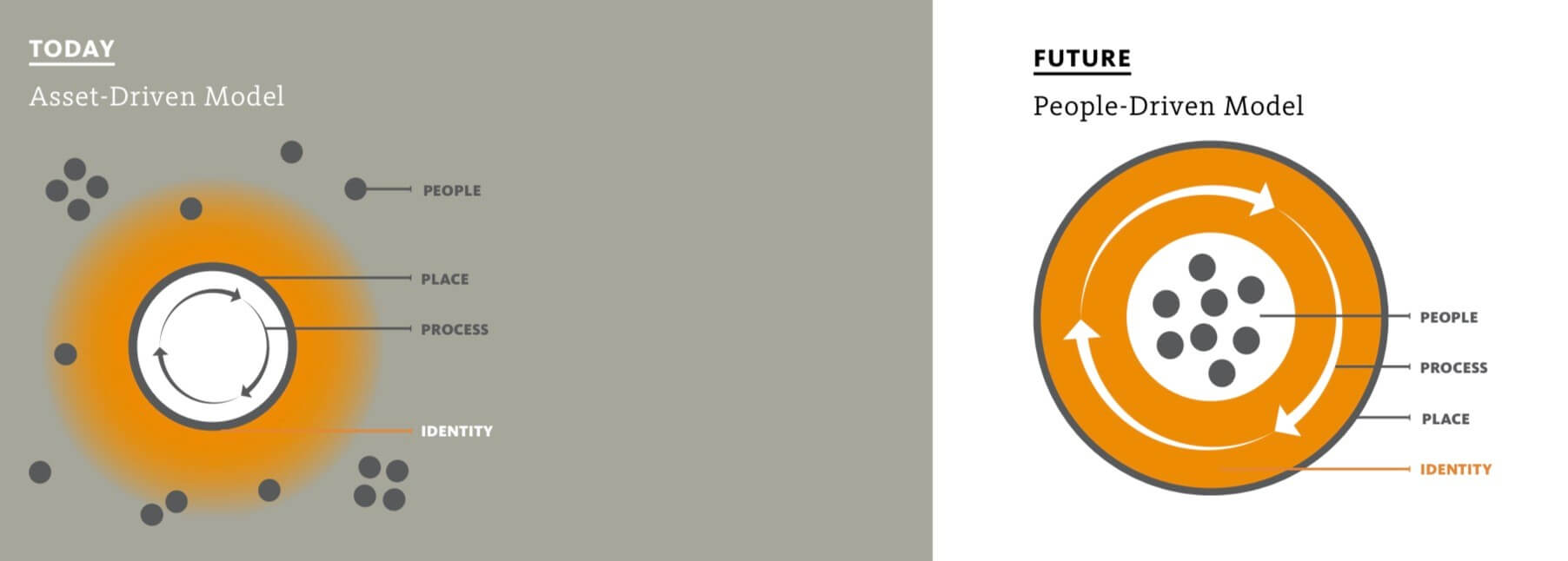GJ: Very true, the pandemic has brought wellness to the front of everyone’s mind and it has completely changed peoples’ behaviors and routines. This has dramatically affected the places and spaces where people once frequented. How can design strategy help reimagine future uses of our real estate and open spaces?
JG: I think the traditional space typologies of ‘workplace’, ‘store’, ‘residence’, etc. will be obsolete. Those lines have been blurring for a while, and with this pandemic, they’re going to be completely redefined and reimagined. , As social creatures, we’re always going to need physical places to live, work, and play. However, the much heralded ‘death of the office’ or ‘death of the store’ headline is more about the end of the social construct than the end of space—the office or store, as we knew it, is gone.
A few years ago, I did a study for a developer in Silicon Valley, and a key finding at the time was the transition from work-life balance to work-life integration. The insight was that people didn’t want to go to different destinations to do different things—ideally, they would do everything within walking distance (especially outdoors—even more desirable now). This begged for an open air, mixed use-type of solution. However, I would say that we’re entering an era of ‘fluid-use’—adaptive reuse of existing real estate assets for new emergent needs, and the development of highly flexible spaces that could host many different uses at different times, or even simultaneously. We’re going to have to design for much more seamless integration of different aspects of our lives both inside and outside our homes.
Design strategy is critical because it’s not just about creating an innovative, flexible design, but designing the entire eco-system, including how spaces might be leased, used, and adapted over time. The physical asset is only part of the equation. One needs to consider the enabling technologies and interfaces, operating and service models, user communications, etc. to deliver the intended experience. Architects and designers have an amazing superpower: they can see things that don’t exist. They can intuit emotional responses and think in 3D. Design strategy is the process that creates powerful, data-driven, actionable insights that aligns intent, and assesses impacts, with the imagination.
Multiple disciplines and lenses are necessary–architects, designers (of all kinds), strategists, planners, data analysts, technologists, environmental psychologists, etc.–to not just imagine, but deliver, a brighter, better future.


